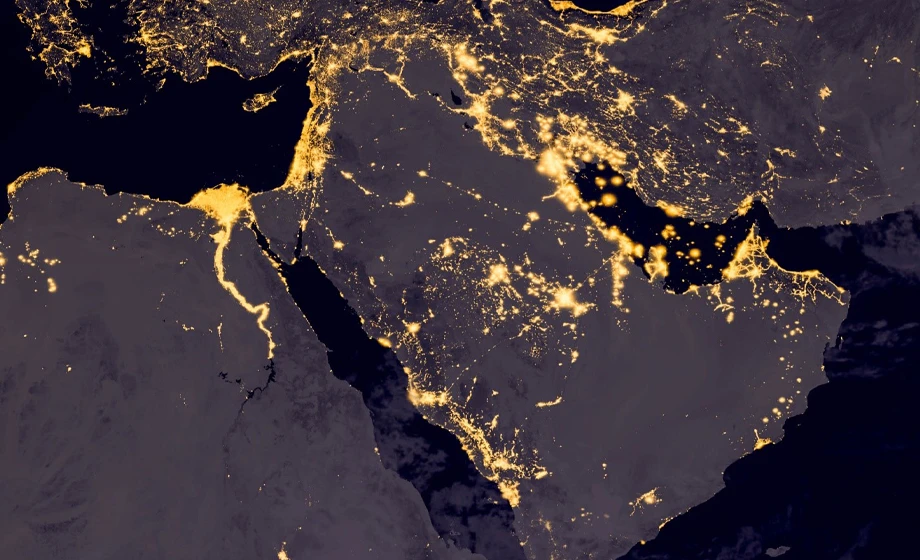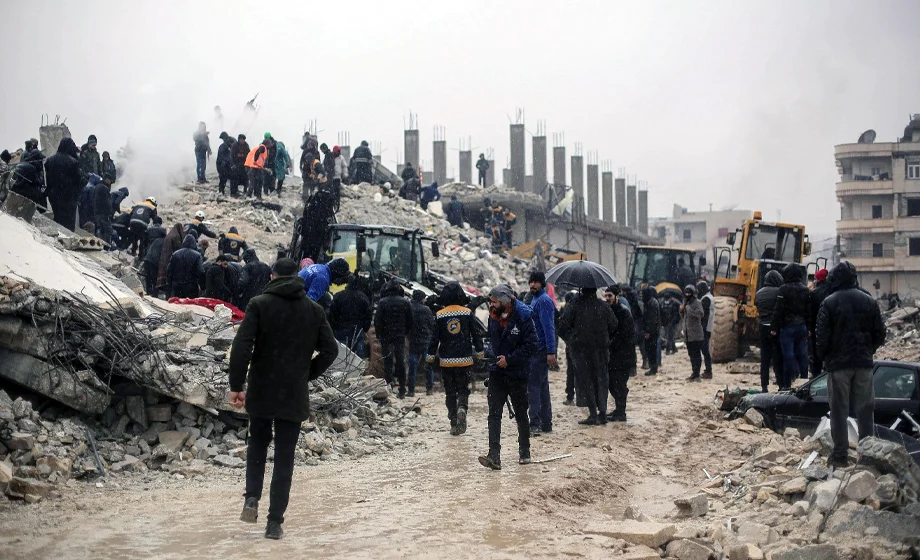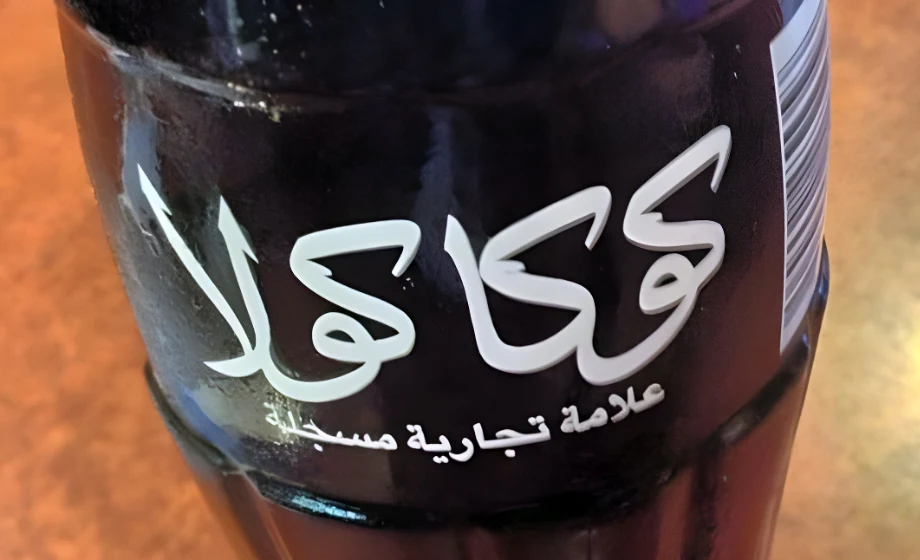From World Cup stadiums to energy projects to building cities on reclaimed desert land, the Middle East is awash with business opportunities. Yet competition to win these tenders has never been more fierce. So whether you’re an organization issuing a request for proposals or responding to one, fast and accurate Arabic-English translation of your documents is critical to making the right impression with your stakeholders.
Crafting the perfect Arabic proposal translation can pose a challenge to most organizations, especially if they lack enough linguists on staff to handle the last-minute crunch. Industry Arabic has helped top engineering firms, consultancies, NGOs, and telecoms translate their proposals, slide decks, and other mission-critical business documents into pitch-perfect Arabic. Our team knows the cultural and business conventions suitable for various MENA countries and can suggest the tweaks needed to make sure your proposal makes the impact you want.
Our Top 8 Tips for a Successful Arabic Language Proposal
Industry Arabic has translated thousands of pages of proposal material into Arabic over the years. Based on our combined decades of work experience in the Middle East, here are our top tips for making your proposal stand out.
- Show Off Your Team Early: Many proposal templates save the team bios for after the technical proposal. This is a mistake. In the Arab world, it’s critical to establish the credibility of your people early, which primes the reviewers for reading the later sections. It’s a good idea to include information such as schools attended, logos of prestigious companies you’ve worked with, and professional photos. If any of your team members speak Arabic, make sure to highlight this.
- Think “vision” not “problem”: Many proposals begin by highlighting the problem to be solved. Yes, communicating what the project will accomplish is a critical part of any bid, but it should never be framed as a critique (even implied) of the client company, country, or personnel. Put yourself in the shoes of a mid-level manager at a ministry who is bringing on outside experts. Would you want to read 2 pages about how your ministry is not doing a good job? Instead of amplifying a problem, a better approach is to show how your project ties into the leadership’s aspirations for the future. If you can connect your work to specific aspects of formal development plans (for example UAE Vision 2021, Saudi Vision 2030, or Qatar Vision 2030), even better.
- In your Technical Proposal, Think “Thud”: When your proposal lands on a reviewer’s desk, it should be thick enough to make a nice, reassuring thud. While being concise has its place (in the executive summary and conclusion) the purpose of the proposal is also to demonstrate that you have the ability to deliver on time and on budget. The best way to do this is with a meaty technical proposal that shows your team’s mastery of the software, hardware, and organizational techniques involved. Don’t assume that your client doesn’t want to get into the nitty gritty, but make sure the section is skimmable using bullet-pointed introductions and conclusions.
- It Takes a Team: It takes more than technical expertise to create a winning Arabic proposal. It is critical that your organization’s technical capacity is communicated effectively in Arabic. When working with translators, make your technical team lead available to the translation team during the process in order to answer any questions that come up.
- Arabize your Graphics: Unlike European languages, Arabic is read right-to-left. This means that simply slapping Arabic labels over English graphics is not enough to make them read logically. Rather, many graphics and charts that have a left-to-right flow must be re-created in Arabic to ensure they look clear. While it may seem like a minor point, believe me, clients always notice.
- Don’t Neglect The Formalities: Just as in English, Arabic makes distinctions in titles based on education level and profession (Dr. for those with PhDs or MDs, Eng. for engineers, and Mr. for other professionals). There are many conventions in business Arabic, however, that just do not translate well at all into English. For example, sometimes the honorific “المحترم” (Respected) appears after a person’s name, a title in English usually reserved for judges. This and similar honorifics, though common in Arabic, are typically left untranslated. There are also some uniquely Arabic formalities that must be translated properly in all cases. When dealing with monarchical governments, the distinction between royal titles, such as “His Excellency” vs. “His Highness,” is crucial, as many cabinet and ministerial positions are held by royal family members. Keeping these business norms in mind will help your organization stand out among an Arabic-speaking audience. We have more information on titles and honorifics in our article on Arabic business letters.
- Ensure Numbering is Clear: Your financial proposal is arguably the most important part of your bid. This is further complicated in translating Arabic proposals, given the fact that Arabic uses two different numerical systems: Arabic (1,2,3) and Hindi (١ ٢ ٣). For a full account of this see our article on numbers in Arabic). Figures written with Hindi numerals sometimes do not include commas to separate between thousands and millions (or billions) or dots to indicate decimals or vice versa. To avoid confusion, we suggest using Arabic numerals when developing your proposal, as these numbers are recognized universally. We also recommend providing critical numbers, for example, the total cost, in numerals and written words side-by-side.
- Transliterate Proper Names Correctly: Transliteration is a necessary, and tricky, part of translation. What makes it so difficult is that there may be more than one recognized way of spelling an Arabic name in English (Osama vs. Usama; Hossein vs. Hussein; Gaddafi vs. Qaddafi). However, most business professionals, government officials, or royal dignitaries have a preferred English spelling of their names on official documents. Misspelling these names may not only insult the concerned person but also cause problems when dealing with immigration and customs. Thus, it is critical to confirm the name spellings found in the RFP, ensuring that no case of mistaken identity keeps your organization from seizing its opportunities.
Successful Arabic Proposal Translation Projects
The following is a short list of some notable proposals we’ve completed in the past.
- GCC Health Insurance: An international consulting firm asked us to translate its bids to secure a project in a GCC member state. The documents included financial documents and Powerpoint presentations on how the company would help the client government streamline its insurance accounting system.
- GCC Economic Reform Projects: We helped another international consulting firm interpret and respond to a number of GCC RFPs concerned with implementing a sweeping economic modernization program. The proposals included infrastructure/construction, e-governance, and recreation events planning.
- Telecom Technical Proposal. A global telecom firm needed a rush translation of proposal documentation for a MENA-based client. The text contained technical terms from the telecommunications, IT, and software fields. We produced hundreds of pages of polished translation within days, using a custom glossary to stay aligned with the client team. Client feedback: “You guys did what everyone else said was impossible.”
Get your Free Quote Today
Do you need some help getting that Arabic proposal finalized? Don’t let language challenges get in the way of your business from expanding into MENA markets! Contact us today to see how Industry Arabic can support your proposal translation process. Just click the link provided in the upper right-hand portion of our screen, and expect a detailed reply within 30 minutes.



